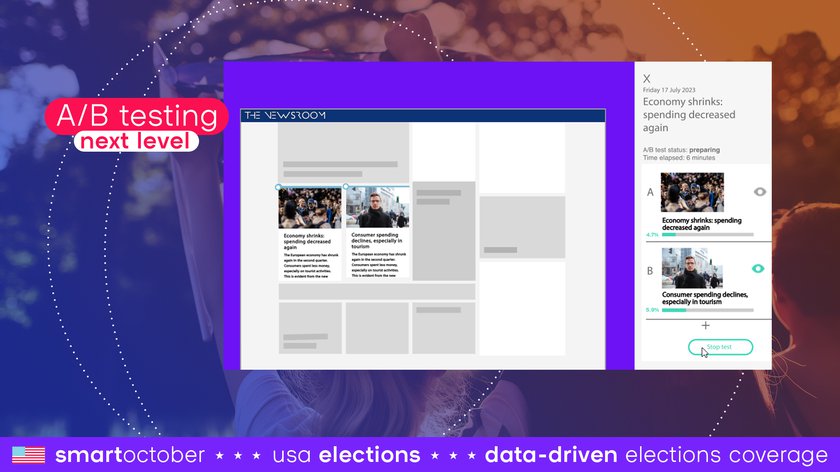In the final weeks before an election, the challenge is maintaining reader engagement. How do you keep things fresh when the news cycle feels like it’s been dragging on for decades?
In the UK back in 2013, when rumours started to fly that a royal birth was imminent, journalists decamped outside the hospital where the Duchess of Cornwall was due to give birth.
You may have started to notice your audience flagging. In the United States, you could even describe it as chronic political fatigue. Almost two-thirds of participants in a recent Pew poll said they were mostly or always exhausted by politics, and 55 percent reported feeling often or mostly angry.
A local CBS station asked their Facebook community how the election cycle has affected their mental health. The overwhelming sentiment was negative, and one user summed it up in six short words: "Can't wait til it's all over."
Knowing your audiences’ capacity for politics is as important as understanding what subjects they need or want information on. It’s about reading the room and ensuring that what you are putting out on your channels is nourishing your audience, and not the opposite.
In this, our final blog post for Smartoctober 2024 we’re considering the audience in the context of a long campaign. How can you keep them awake and engaged without you feeling completely overwhelmed as well? What can you do in the final throes of the campaign to get readers the information they need?
There are loads of possibilities. But you’re likely suffering from a bit of fatigue yourself at this point. So let’s keep it simple.
- Think of the big picture
- Work with what you have
- Make little changes where you can
And if you haven't heard yet, we've announced our smartoctober webinar on 'How to create constructive content about elections':










